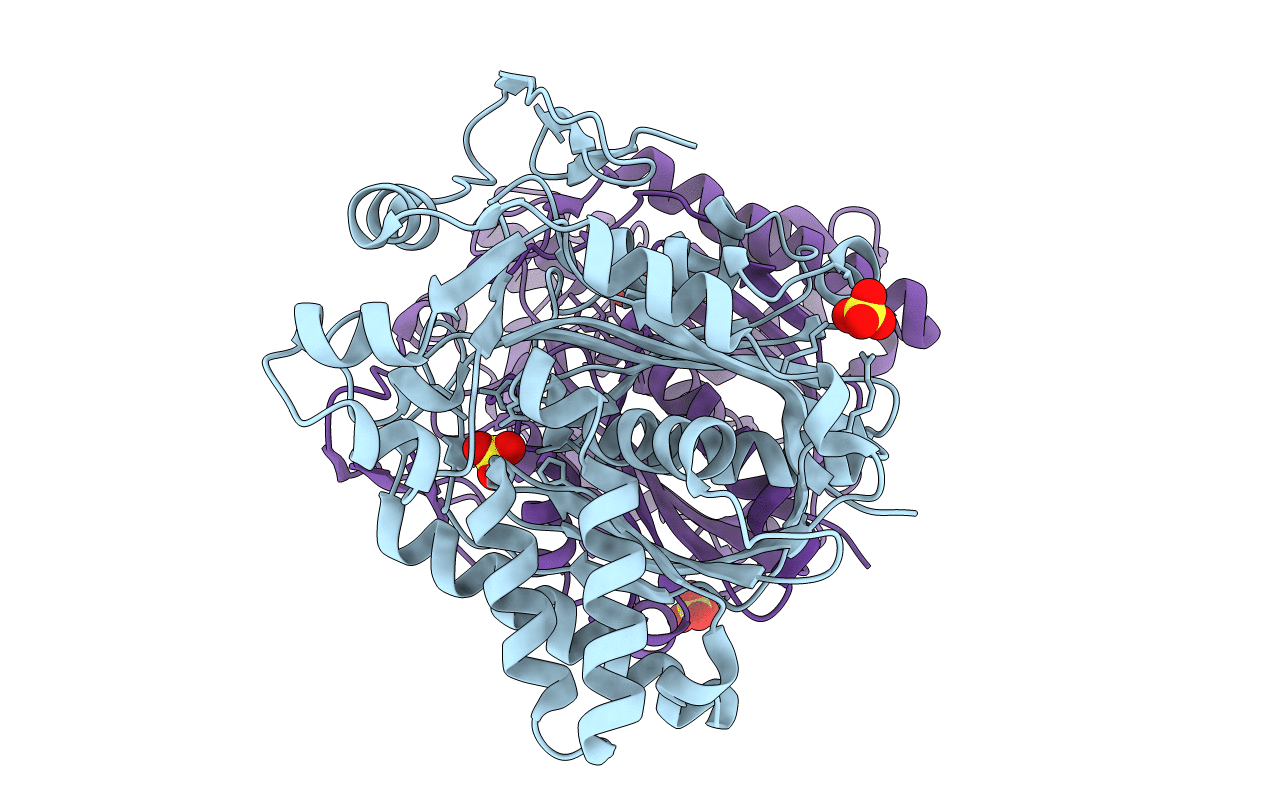
Deposition Date
2004-08-20
Release Date
2005-11-01
Last Version Date
2024-02-14
Entry Detail
PDB ID:
1X9E
Keywords:
Title:
Crystal structure of HMG-CoA synthase from Enterococcus faecalis
Biological Source:
Source Organism:
Enterococcus faecalis (Taxon ID: 1351)
Host Organism:
Method Details:
Experimental Method:
Resolution:
2.40 Å
R-Value Free:
0.25
R-Value Work:
0.22
R-Value Observed:
0.23
Space Group:
I 2 2 2


